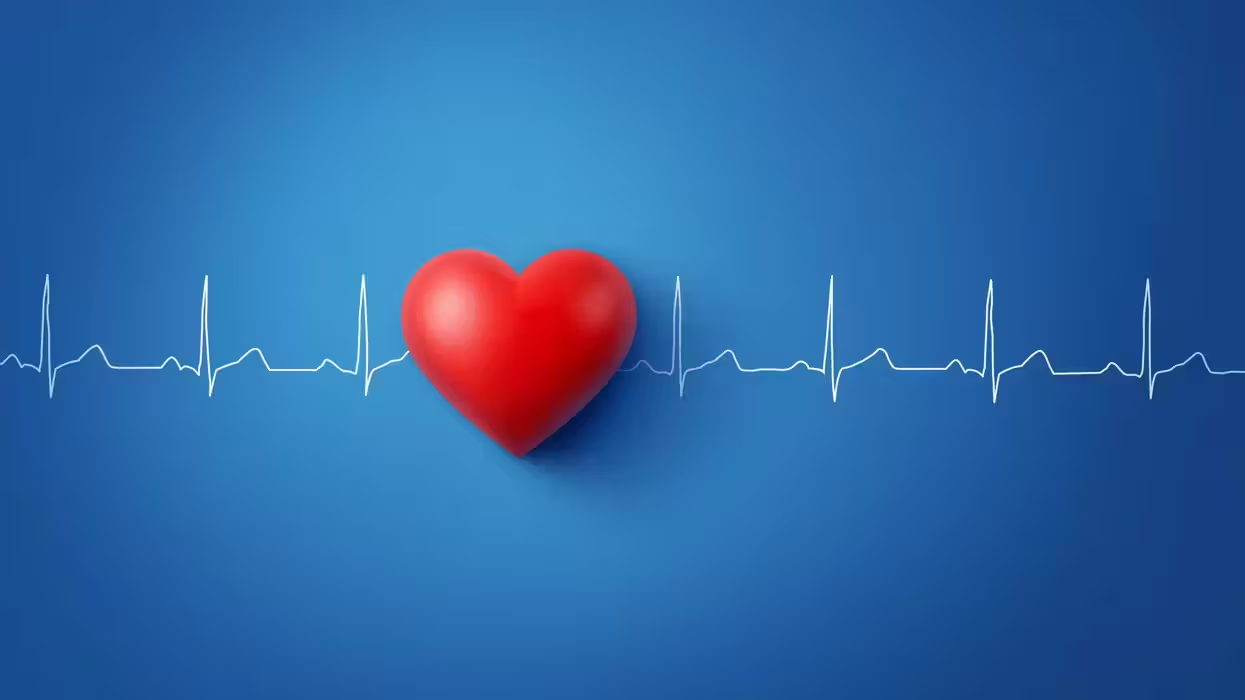Hostages captured by the Islamic State group, particularly those from the U.S. and Britain, have been waterboarded by their jihadist captors, a current hostage along with former captives have revealed.
The New York Times in a front-page story Sunday titled “The Horror Before the Beheadings” reported additionally that of all the nations to have citizens captured, only the U.S. and Britain apparently have not agreed to pay ransom for those left in captivity, including an unnamed American woman being held by the jihadist group.
In the latest propaganda video released over the weekend by the radical Islamist group, hostage John Cantlie, a 43-year-old British photojournalist, said that hostages had been waterboarded for trying to escape.
 In this Nov. 11, 2012 photo, freelance British photojournalist John Cantlie poses next to a Syrian rebel fighter's vehicle in Aleppo, Syria. The Islamic State group on Thursday, Sept. 18, 2014 released a video showing the British journalist who says he is a prisoner of the extremists. In a slick, three-minute video shot with three cameras, Cantlie, a photojournalist, said he worked for publications including The Sunday Times, The Sun and The Sunday Telegraph and came to Syria in November 2012 where he was subsequently captured by the Islamic State group. (AP Photo)
In this Nov. 11, 2012 photo, freelance British photojournalist John Cantlie poses next to a Syrian rebel fighter's vehicle in Aleppo, Syria. The Islamic State group on Thursday, Sept. 18, 2014 released a video showing the British journalist who says he is a prisoner of the extremists. In a slick, three-minute video shot with three cameras, Cantlie, a photojournalist, said he worked for publications including The Sunday Times, The Sun and The Sunday Telegraph and came to Syria in November 2012 where he was subsequently captured by the Islamic State group. (AP Photo)
Though delivered under duress, Cantlie’s words echoed descriptions by freed hostages that American captive James Foley who was beheaded in August – along with others - had been routinely beaten and waterboarded and exposed to uniquely harsh treatment.
“For months, they were starved and threatened with execution by one group of fighters, only to be handed off to another group that brought them sweets and contemplated freeing them,” the New York Times reported, based on interviews with former hostages, local witnesses, family members, and a former member of the jihadist group.
According to the Times, the Islamic State group kidnapped at least 23 Westerners from 12 countries, most from Europe, whose governments have in the past paid ransoms. The strategy was to raise cash by taking hostages.
Officials in the U.S. maintain that the policy of not paying ransom discourages kidnapping makes others Americans safer.
The U.S. did, however, launch a rescue attempt of Foley which failed. The Times reported:
“The kidnappers knew which countries would be the most amenable to their demands, and they created an order based on the ease with which they thought they could negotiate,” one [former hostage] said. “They started with the Spanish.” […]
With time, the 23 prisoners were divided into two groups. The three American men and the three British hostages were singled out for the worst abuse, both because of the militants’ grievances against their countries and because their governments would not negotiate, according to several people with intimate knowledge of the events.
“It’s part of the DNA of this group to hate America,” one said. “But they also realized that the United States and Britain were the least likely to pay.”
A Belgian convert to Islam who had volunteered to fight for the group, Jejoen Bontinck, 19, was held for three weeks in the same cell as Foley, after he was accused of being a spy.
“You could see the scars on his ankles,” Bontinck told the Times. “He told me how they had chained his feet to a bar and then hung the bar so that he was upside down from the ceiling. Then they left him there.”
Former Polish hostage Marcin Suder described to the Times how his captors were well versed in English, including calling him and other hostages “naughty.”
“They checked my camera,” Mr. Suder who later escaped said. “They checked my tablet. Then they undressed me completely. I was naked. They looked to see if there was a GPS chip under my skin or in my clothes. Then they started beating me. They Googled ‘Marcin Suder and C.I.A.,’ ‘Marcin Suder and K.G.B.’ They accused me of being a spy.”
In the latest video of the British hostage, Cantlie wore an orange jumpsuit and criticized the British and U.S. governments.
“Some of us who tried to escape were waterboarded by our captors, as Muslim prisoners are waterboarded by their American captors,” he said.
Read the full, gripping report on the treatment of the hostages at the New York Times.

 In this Nov. 11, 2012 photo, freelance British photojournalist John Cantlie poses next to a Syrian rebel fighter's vehicle in Aleppo, Syria. The Islamic State group on Thursday, Sept. 18, 2014 released a video showing the British journalist who says he is a prisoner of the extremists. In a slick, three-minute video shot with three cameras, Cantlie, a photojournalist, said he worked for publications including The Sunday Times, The Sun and The Sunday Telegraph and came to Syria in November 2012 where he was subsequently captured by the Islamic State group. (AP Photo)
In this Nov. 11, 2012 photo, freelance British photojournalist John Cantlie poses next to a Syrian rebel fighter's vehicle in Aleppo, Syria. The Islamic State group on Thursday, Sept. 18, 2014 released a video showing the British journalist who says he is a prisoner of the extremists. In a slick, three-minute video shot with three cameras, Cantlie, a photojournalist, said he worked for publications including The Sunday Times, The Sun and The Sunday Telegraph and came to Syria in November 2012 where he was subsequently captured by the Islamic State group. (AP Photo)





